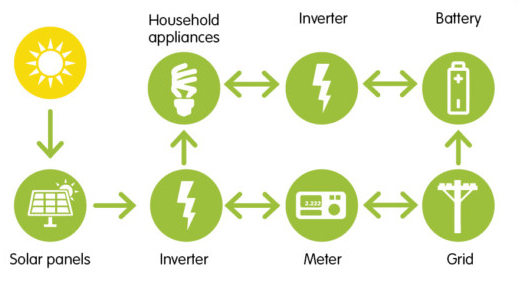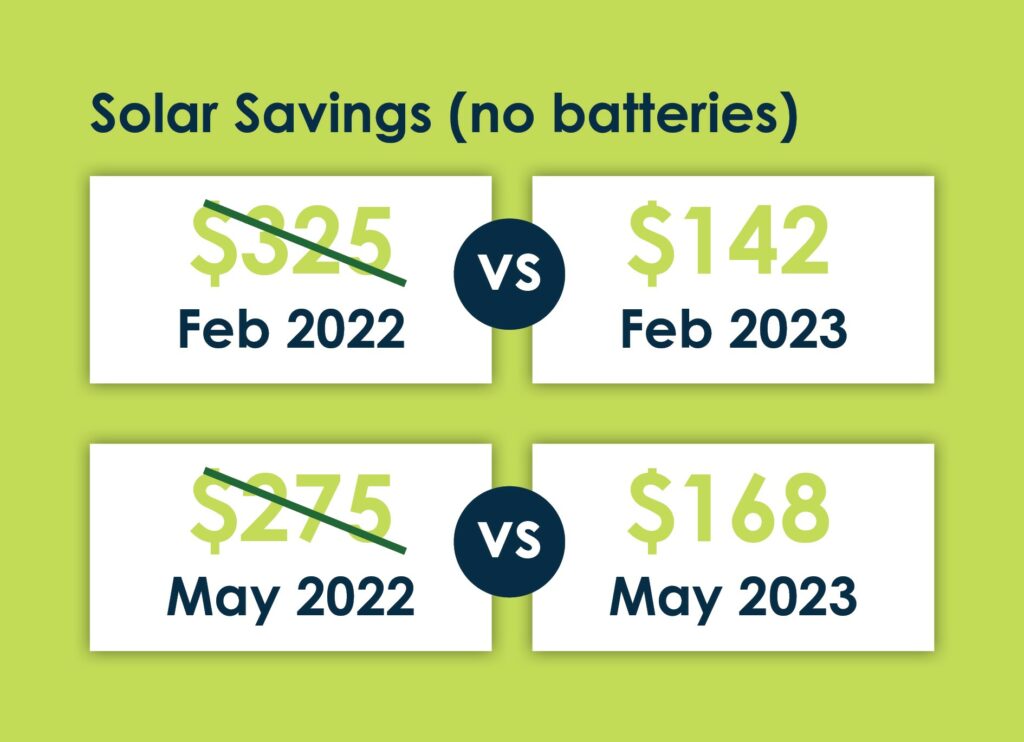Our Solar Process
The Ecoefficient Process
Get an overview of how solar works efficiently to cut costs
The Solar Process


Ecoefficient, a company specializing in solar panel installations in Hawke’s Bay, recognizes the importance of renewable sources of energy in combating climate change. Solar energy can be harnessed through photovoltaic (PV) panels, which directly convert sunlight into electricity. Understanding the solar process and how solar PV panels work is crucial to appreciate the benefits of this technology.
The Solar Process: How the Sun’s Energy is Captured
The sun emits energy in the form of electromagnetic radiation, including visible light, ultraviolet light, and infrared radiation. Solar PV panels are designed to capture this energy. Ecoefficient’s installations consist of multiple solar cells made from semiconducting materials, such as silicon.
How Solar PV Panels Work
When sunlight hits a solar PV panel, photons in the light knock electrons loose from atoms in the semiconducting material of the solar cells. These electrons are captured by an electric field created within the solar cell, generated by the combination of two layers of different materials – an excess of electrons in the n-type layer and a deficiency of electrons in the p-type layer.
The movement of electrons from the n-type layer to the p-type layer creates a flow of electricity that can be harnessed by connecting the solar cells in a circuit. The resulting electricity powers homes, businesses, and other devices.
Factors that Affect Solar PV Panel Performance
Several factors impact the efficiency of solar PV panels. The amount of sunlight that hits the panel is critical – more sunlight means more energy can be captured. Other factors include the panel’s temperature, the type and quality of the semiconducting material used, and the angle and orientation of the panel relative to the sun.
Advantages of Solar PV Panels
Solar PV panels offer several advantages over other sources of energy. Solar energy is renewable and does not emit greenhouse gases or other pollutants that contribute to climate change. Additionally, solar energy can be generated locally, reducing reliance on centralized power grids and transmission lines. Finally, solar energy is becoming increasingly cost-competitive with other sources of energy, making it an attractive option for many consumers and businesses.
Conclusion
Ecoefficient’s solar panel installations in Hawke’s Bay are an essential technology for capturing and harnessing the sun’s energy. Understanding the solar process and how solar PV panels work is crucial in transitioning to a more sustainable and low-carbon future. As the demand for renewable energy continues to grow, we can expect to see more advances in solar technology and wider adoption of solar PV panels.